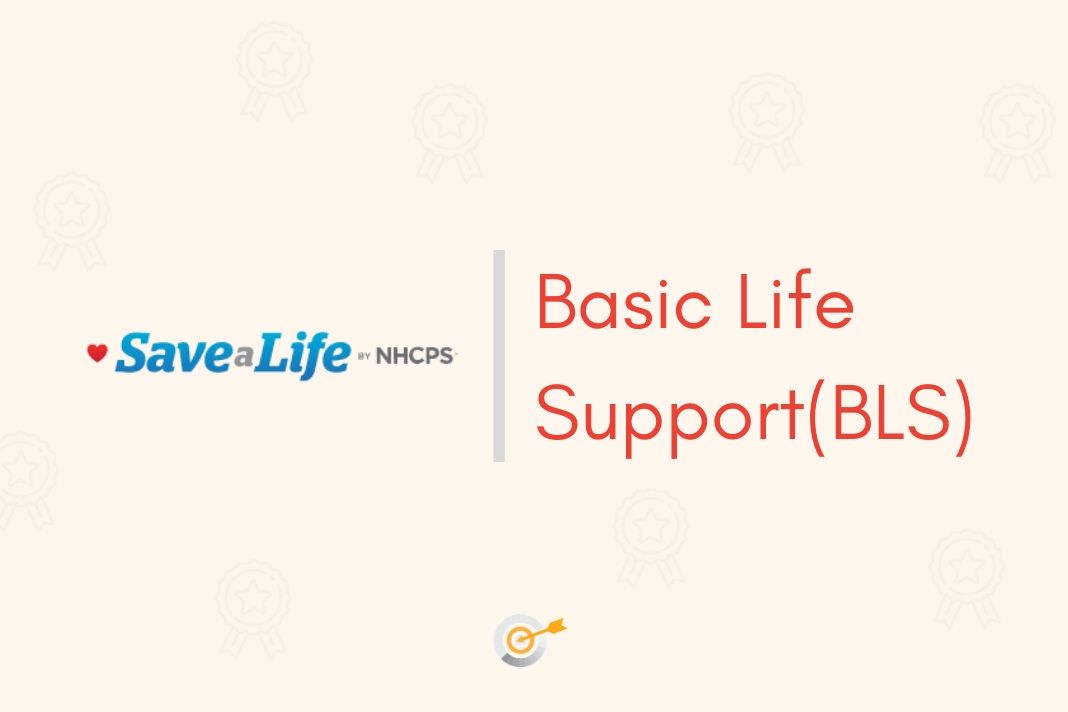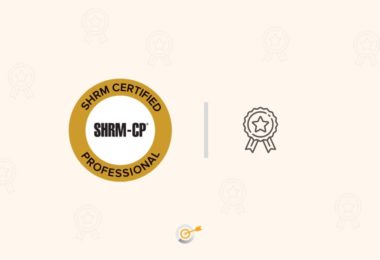
Overview of the Certification
Life-threatening situations can come up anywhere and at any time. It is hard to predict what situation will come up at what time. It is best to be prepared. When medical exigencies come up, it helps to be prepared before medical help arrives. One way to do this is to learn CPR and BLS. Basic Life Support combines basic medical help, including effective chest compressions, provides high-quality and appropriate ventilations. In short, it regards the proper use of an automatic external defibrillator.
BLS provides immediate medical care for people in medical emergencies until they can receive proper medical treatment and full medical services. The American Heart Association highlights the most important steps of BLS in a “four-link chain of survival.” The chain of survival includes early recognition of an ongoing emergency, early initiation of CPR by a bystander, early use of a defibrillator, and early advanced life support once more qualified medical help arrives. Qualified bystanders with training in BLS are encouraged to perform the first three steps of the four-link chain of survival.
This certification is offered by the American Heart Association. It combines the best of best practices, research, science, and education to deliver targeted information for CPR and Emergency Cardiovascular Care (ECC). This course teaches
- High-quality CPR for adults, children, and infants
- The AHA Chain of Survival, specifically the BLS components
- Important early use of an AED
- Effective ventilations using a barrier device
- Importance of teams in multi rescuer resuscitation and performance as an effective team member during multi rescuer CPR
- Relief of foreign-body airway obstruction (choking) for adults and infants
Is This Course Right for You?
BLS is originally intended for prehospital service providers like EMTs, Paramedics, Firefighters, and other in-facility providers. However, this is not an eligibility criterion. That means, there is no compulsion that only these professionals can take the course. Any individual who wants to be trained in CPR, ECC, or BLS can take up this course.
While, originally, the AHA’s BLS Course is designed for healthcare professionals and other personnel who need to know how to perform CPR and other basic cardiovascular life support skills in a wide variety of in-facility and prehospital settings, people who want to be ready to tackle life-threatening issues can take up this course as well.
Recommended Articles ;
A Step by Step on How to Get a Certified Nursing Assistant (CNA) Certification
How Much You’ll Make As A Nurse ?
What is the Certification Process for BLS Certification?
American Heart Association’s Basic Life Support (BLS) is provided either in the form of classroom teaching or any blended method of teaching. However, whatever the method of teaching that is incorporated, individuals who want to be certified with this course need to have an in-person hands-on training to pass the course successfully. This certification is primarily used in case of
- Cardiac Arrest
- Respiratory Arrest
- Drowning
- Choking
In the US, because bystanders are also encouraged to perform BLS on an ailing person, this course becomes useful for everyone. The AHA offers continuing medical education (CME) or continuing education (CE) credits for some of its CPR and ECC courses, and CME/CE may also be offered for live events. Whether you have completed a CPR & First Aid training course in-person or online, or if you have attended an AHA event for which there are credits available, you can apply for CE, and obtain your CME/CE certificate.
According to the AHA website, the courses available currently for instructor-led programs are
- Advanced Cardiovascular Life Support (ACLS) – for EMS Students
- ACLS for Experienced Providers (ACLS EP) – for EMS Students
- Basic Life Support (BLS) – for EMS Students
- Pediatric Advanced Life Support (PALS) – for EMS Students
- Pediatric Advanced Emergency Assessment, Recognition, and Stabilization (PEARS®) – for EMS Students
If it is a blended form of training, then, the following courses are available.
- HeartCode® BLS
- HeartCode ACLS
- HeartCode PALS
- Heartsaver® First Aid CPR AED Online
- Heartsaver CPR AED Online
- Heartsaver First Aid Online
- Heartsaver Pediatric First Aid CPR AED Online
And the courses for e-learning are
- Heartsaver Bloodborne Pathogens Online
- Achieving Accuracy: BP Measurement
Your trainer has the responsibility to provide you with a card stating that you have completed all the relevant formalities associated with the course. If you lose your card, you can always apply for a duplicate card. All trainers are obligated to provide a duplicate. However, AHA does not take the responsibility of controlling the fees that the trainers charge from individuals.
Benefits of BLS Certification
- Confidence is critical when you are working in certain professions, including the medical profession. This is particularly true when it comes to emergency situations that require life-saving measures such as CPR. BLS training will give you the confidence to act quickly when it is necessary.
- People who know basic life support have the skills to take action no matter where they are or when it is required. The knowledge that you gain will prepare you to help others whether you are on the job or on your own time.
- When seeking employment in certain fields, employers often look favorably on applicants who are certified and have the ability to perform basic first aid, including the ability to administer life-saving techniques such as CPR. Certain employers may require BLS certification as a part of their employment eligibility criteria.
What is the Salary for BLS Certification?
It is important to note that BLS certification alone won’t provide a job. It is merely a supplement in the existing job role. At the bottom, there are medical health technicians. For them, the median salary is about $40000. The job is expected to grow by 11% in this decade.
Where to Get Online Resources?
AHA’s website offers relevant practice tests, study material, classroom training, along with affiliated training providers. AHA also provides the option of appearing for the exam, thus centralizing the whole process.




